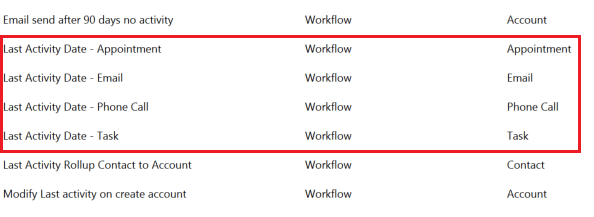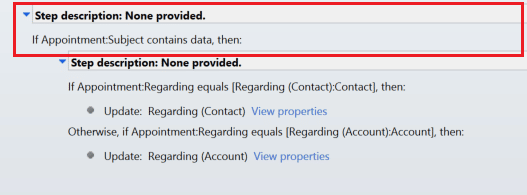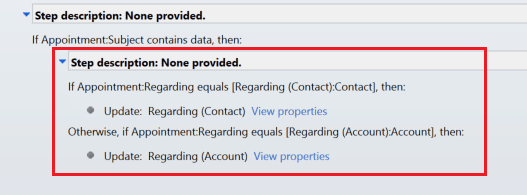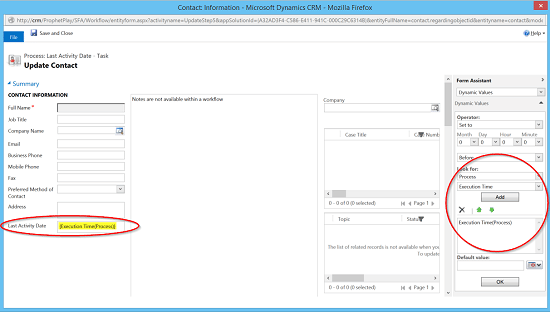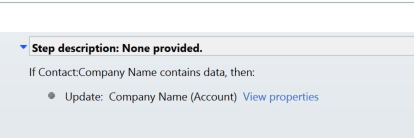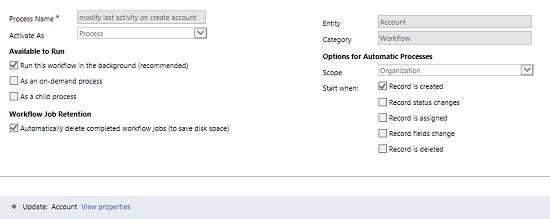How to Find and Address Neglected Accounts in Dynamics 365 Customer Engagement
An important part of sales performance management is ensuring that you stay in touch with your clients.
Dynamics 365 Customer Engagement software is designed to make that easier but many CRMs – including Dynamics – don’t have an easy way to see who’s being neglected.
To address this gap for our clients we developed a set of custom workflows and fields that allow users to quickly see the Last Activity Date for records in Dynamics 365 Customer Engagement. Our example will focus on neglected Contacts and Accounts but the same solution can be configured for Opportunities, Cases, and many other records within Dynamics 365 Customer Engagement.
Why Track Last Activity Date
Tracking Last Activity Date isn’t going to improve your customer relationship management on its own. You need to decide how to use that information effectively. In our experience, the simplest way is to set up views that show contacts or accounts with the Last Activity Date more than 90 days old.
This lets managers keep an eye on which accounts aren’t being touched and provides reps with a running list of potential opportunities. You can even add this information to a dashboard or set up additional workflows to send emails when accounts are being neglected.
Setting Up The Workflows
Setting this up involves four broad steps and the result is that when an email, appointment, phone call or task is created or completed it will update the Last Activity Date field on the contact, which will, in turn, update the Last Activity Date on that contact's parent account.
The four steps are:
1. Create the Last Activity Date field on the Account and Contact forms.
- Be sure to add the field to your forms before starting work on the workflows.
2. Create workflows to update the Last Activity Date field when emails/phone calls/appointments/tasks get entered.
Note: This will result in four separate workflows. We’ll be taking you through the process of building the first one.
Configure the workflow to run in the background and start when the record is changed, the record status is changed or when certain fields change.
- Those fields include Modified On, Status, and Status Reason.
- Set the first step of the workflow to check for a condition that will always be true.
- For appointments, tasks and emails, this is typical whether the subject contains data. For phone calls, we check whether the Call To field contains data.
- Ensure you have conditional branches for regarding contact or account to update the last activity date field on either entity.
- In View Properties, indicate that the Last Activity Date field should be updated with the execution time of the process.
3. Create a workflow to roll up the Last Activity Date from the contact to its parent account. (ie. If an activity is created or completed on contact the related account will get updated.)
- This workflow with the trigger when the record is created (i.e. Contact is created.) or when the Last Activity Date field changes.
- The check condition trigger for this workflow will be whether the Company Name field on the contact contains data.
- Whenever the Last Activity Date updates for a contact it checks to see if there is a parent account. If so, it will update the last activity date for the parent account.
4. Create a workflow to modify the Last Activity Date on the creation of the account. This will ensure that you’re not falsely flagging newly created Accounts because they have no activities.
- You also want the Last Activity Date field to update when an account is created, so here is a simple workflow triggered when account records are created.
- In View Properties, indicate that the Last Activity Date field should be updated with the execution time of the process, just like the final stage of Step 3.
These workflows will take some time to set up but once they’re in a place you’ll have the tools you need to improve sales performance by connecting with your customers more consistently.
Questions?
Please reach out to us! We have a team of
Under the terms of this license, you are authorized to share and redistribute the content across various mediums, subject to adherence to the specified conditions: you must provide proper attribution to Stoneridge as the original creator in a manner that does not imply their endorsement of your use, the material is to be utilized solely for non-commercial purposes, and alterations, modifications, or derivative works based on the original material are strictly prohibited.
Responsibility rests with the licensee to ensure that their use of the material does not violate any other rights.

